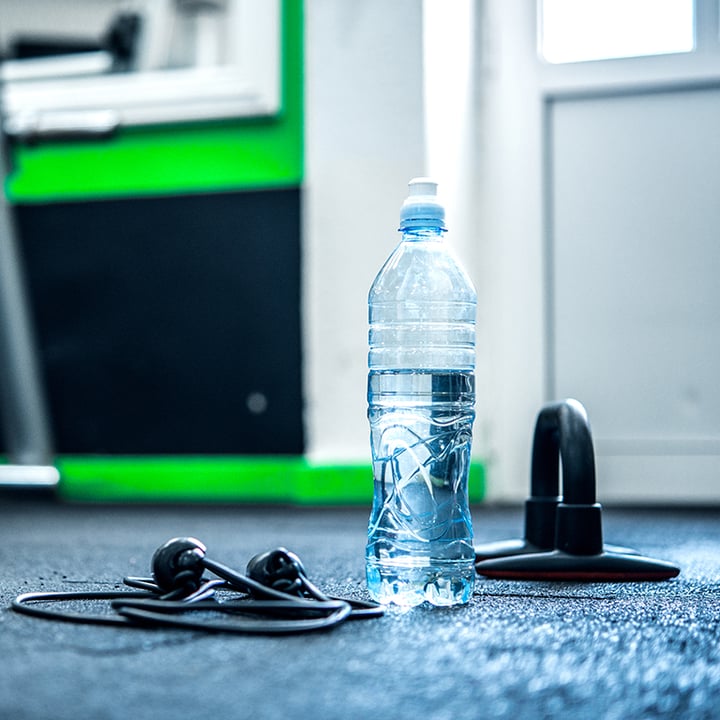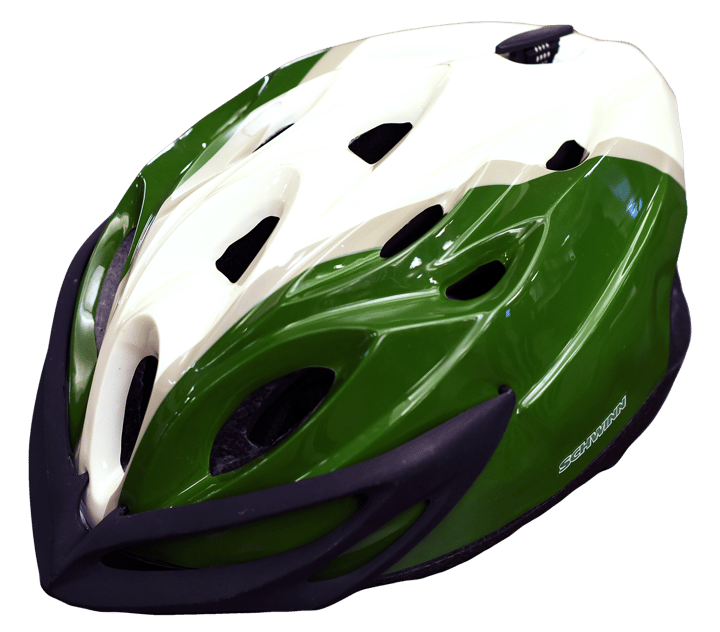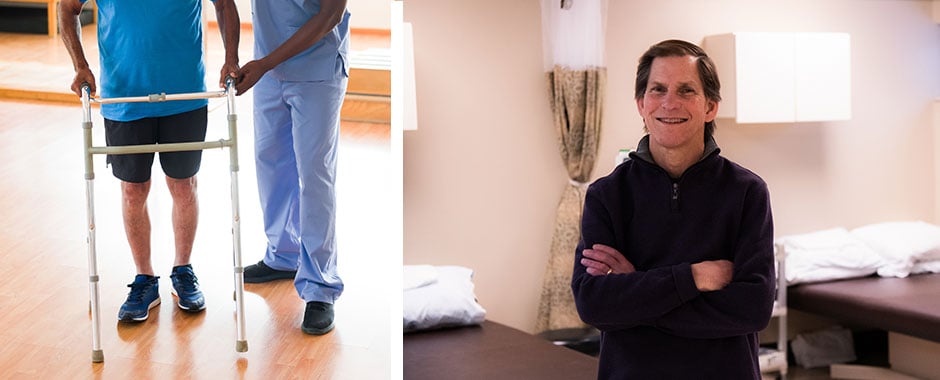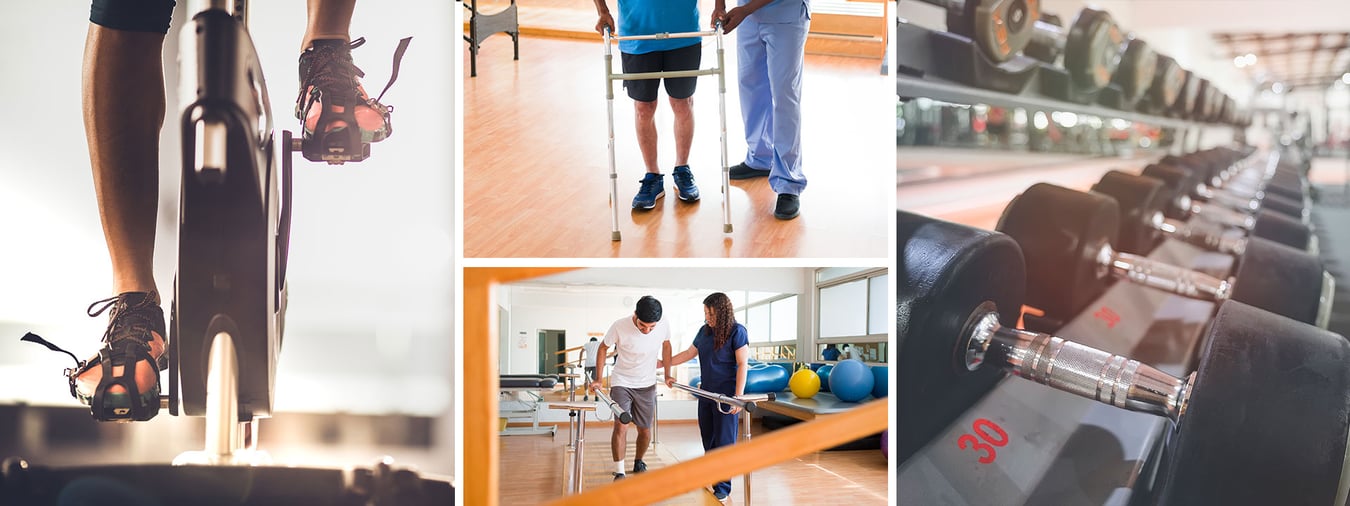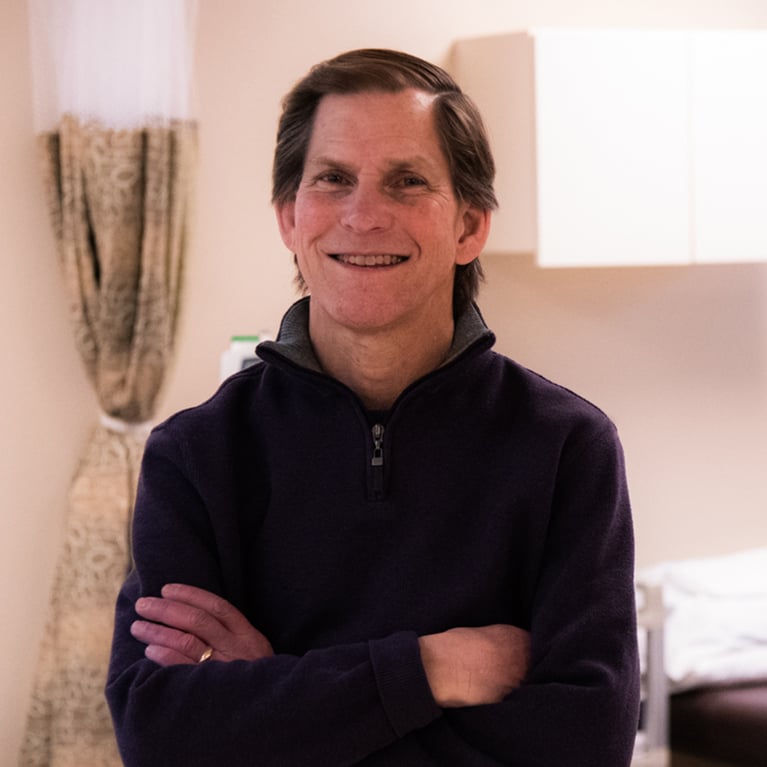Champions & Cheerleaders
Steve said, “I’m very active. I love to work out, ride my bike during the summer, running, and walking. We have an elliptical trainer down in our basement, so I workout pretty much every day. So it was really hard for somebody like me, who is really active and used to working out all the time to suddenly completely be unable to walk more than 10 steps.”
I asked Steve what it was like to be at the mercy of the process, and trusting the path.
He said, “Trust? You really just have to trust the process, trust that the physical therapists and the occupational therapists have worked with people like me before and they know what they’re doing. And they just are going to give me the treatment plan that I need to follow and I just need to trust them and follow their directions. So as hard as it was for me to do that, I did the best that I could in terms of following it.
The people I worked with were always just encouraging me and pushing me without really discouraging me or pushing me too fast. So it was always just that gentle nudge to do more and just continue to improve and do the work that I needed to do so that I could go home. So, one of the things that I heard again and again, which was very positive was people said to me, Oh, Steve, we’ll have you out of here in no time because you’re so young. And for somebody who had turned 60 years old and was still struggling with that milestone a little bit, that was really nice to hear those words. And I guess compared to other people here, I was on the young side!”
And one of the best pieces of advice, I’ll never forget it, was one of the physical therapists here and he said, “People like you, Steve, are in a lot of ways, you’re hard to work with because you’re really used to being active and you’re used to doing things and so you’re always comparing yourself to where you were before the accident.
